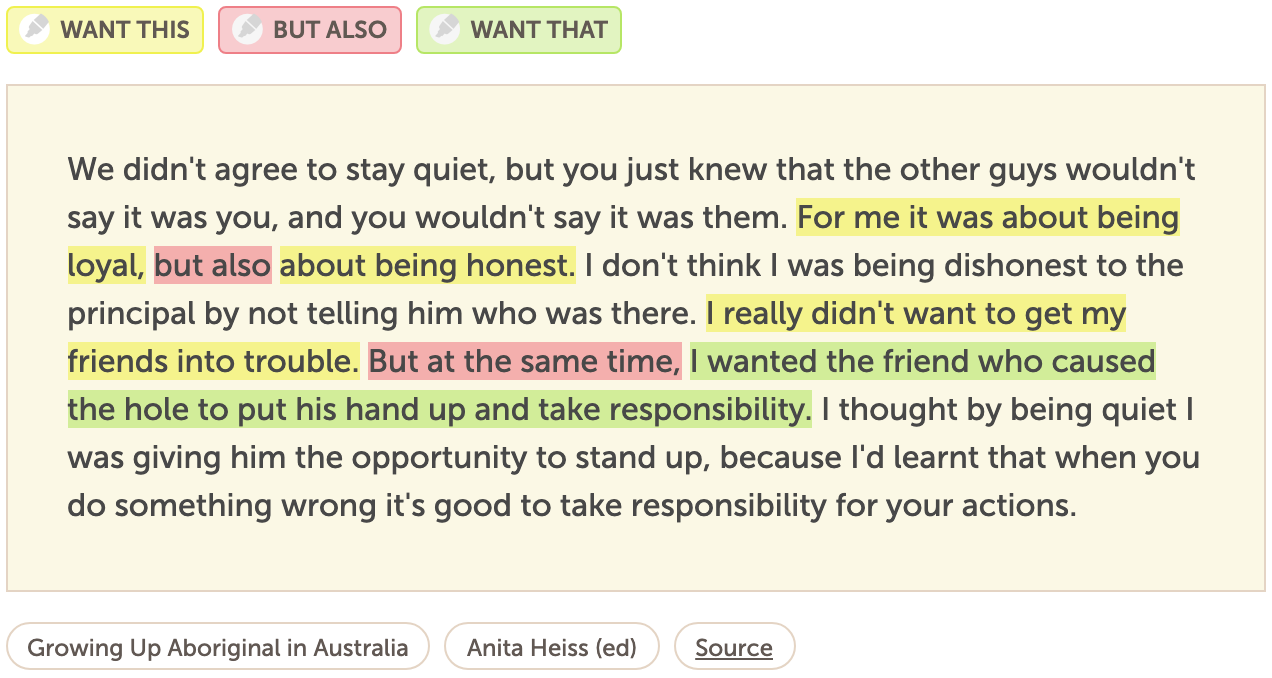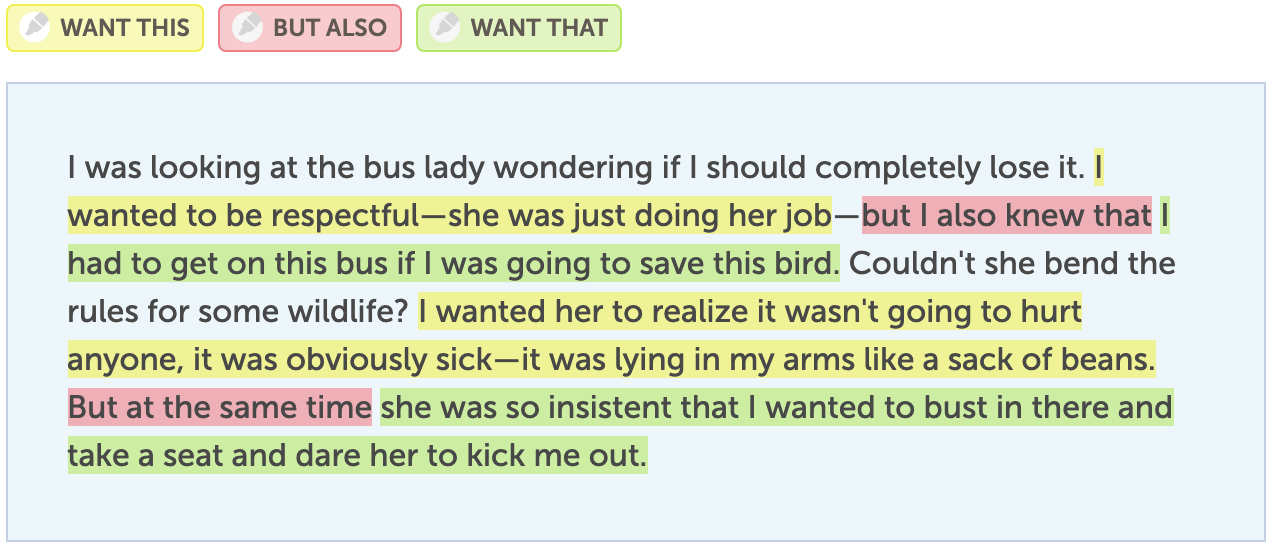New lesson: Deep dive into character goals and motivations
Goals and motivations are the engines of narrative—they propel characters into action, create conflict, and define the end of a story.
In the latest lesson in the new Narrative Skills series, we explore goals and motivations in depth.
Ideas include:
- Goals are distinguished from wants by intention.
- Motivation is why a character wants what they want.
- Goals and motivations can be nested inside each other—you can keep asking "Why do they..." to find deeper layers in the hierarchy.
- Motivation and emotion are linked—goals serve an emotional need.
- If you keep asking why, you can dig down through layers of goals to find the bedrock emotional motivation.
- Goals can be in conflict either because two characters have opposing goals, or because one character is struggling with a dilemma.
- Happily, characters can also cooperate towards aligned goals.
This is one of those sampler-type lessons, with lots of small writing activities based on a variety of snippets from texts such as The Book Thief, Tom Sawyer, The House on Mango Street, Pet, I Am Malala, and others.
(We also take a brief etymological side trip to talk about how emotion, motivation, and movement all have ancient roots in the "mo-" sound, connoting "to push".)
Example
For example, we use this snippet from Growing Up Aboriginal in Australia to illustrate the concept of a personal dilemma (in this instance, a conflict between loyalty and honesty):
For this particular snippet, we focus on the phrase "but also": I want this, but I also want that.
Below is one of the worked examples that applies the phrase (to a conflict between respecting social rules and saving an animal's life):
What's this lesson good for?
- Goals and motivations are the engines of story.
- This lesson teaches students how these elements work together and how they fit with other elements such as emotion and conflict.
- We show students how to recognise these elements in narrative, how to describe them in a variety of situations, and how to use them to advance the story.
You can preview the Goals and Motivations lesson here.
What's up next?
If goals and motivations are the engines of story, in the next lesson we're going one level deeper into laws-of-thermodynamics territory, with contrast and juxtaposition!


